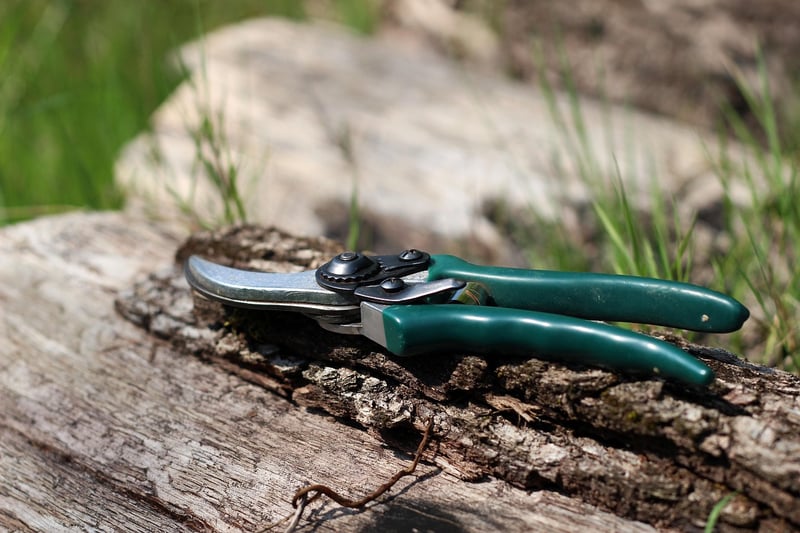Pruning Techniques
Maintain Healthy Plants with Effective Pruning Techniques
Proper pruning is a crucial aspect of plant care that can help maintain the health and vitality of your green companions. By employing the right techniques, you can encourage growth, improve flowering, and enhance the overall appearance of your plants. Here's a guide to mastering the art of pruning for healthy and thriving greenery:
1. Understand the Basics
Before you start pruning, it's essential to understand the basics. Identify the type of plant you have and research the best pruning practices specific to that species. Different plants require different approaches, so familiarize yourself with the unique needs of each one.
2. Use the Right Tools
Invest in high-quality pruning shears, loppers, and saws to ensure clean cuts that promote healing and minimize damage. Keep your tools sharp and clean to prevent the spread of diseases between plants.
3. Timing is Key
Prune your plants at the right time of year to maximize their health and growth. While some plants benefit from pruning in the dormant season, others thrive when pruned after flowering. Research the specific timing requirements for each plant in your garden.
4. Remove Dead or Diseased Branches
Regularly inspect your plants for dead, damaged, or diseased branches and remove them promptly. This practice not only improves the plant's appearance but also prevents the spread of infections and promotes new growth.
5. Encourage Airflow
Prune strategically to open up the canopy of your plants and allow sunlight and air to reach all parts of the plant. Improved airflow reduces the risk of fungal diseases and promotes overall plant health.
6. Shape and Train Your Plants
Pruning can help shape your plants and guide their growth in desired directions. By selectively removing certain branches, you can create a more compact, balanced, and aesthetically pleasing plant structure.
7. Monitor Growth and Response
Observe how your plants respond to pruning and adjust your techniques accordingly. Pay attention to where new growth emerges and make further cuts as needed to maintain the plant's health and shape.
8. Seek Professional Advice
If you're unsure about the best pruning practices for a specific plant or if you encounter complex issues, don't hesitate to seek advice from horticulturists or arborists. They can provide valuable insights tailored to your plant's individual needs.
By following these pruning techniques and tips, you can ensure that your plants remain healthy, vibrant, and visually appealing throughout the year. Remember, a little pruning goes a long way in nurturing your green companions!

References:
